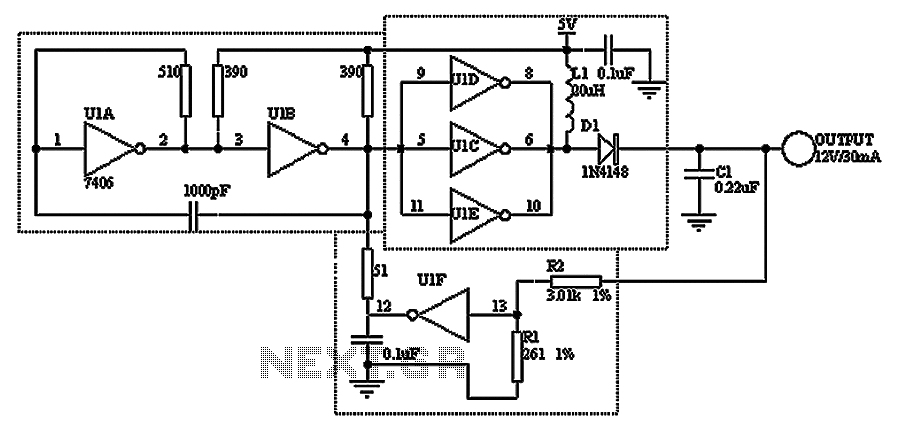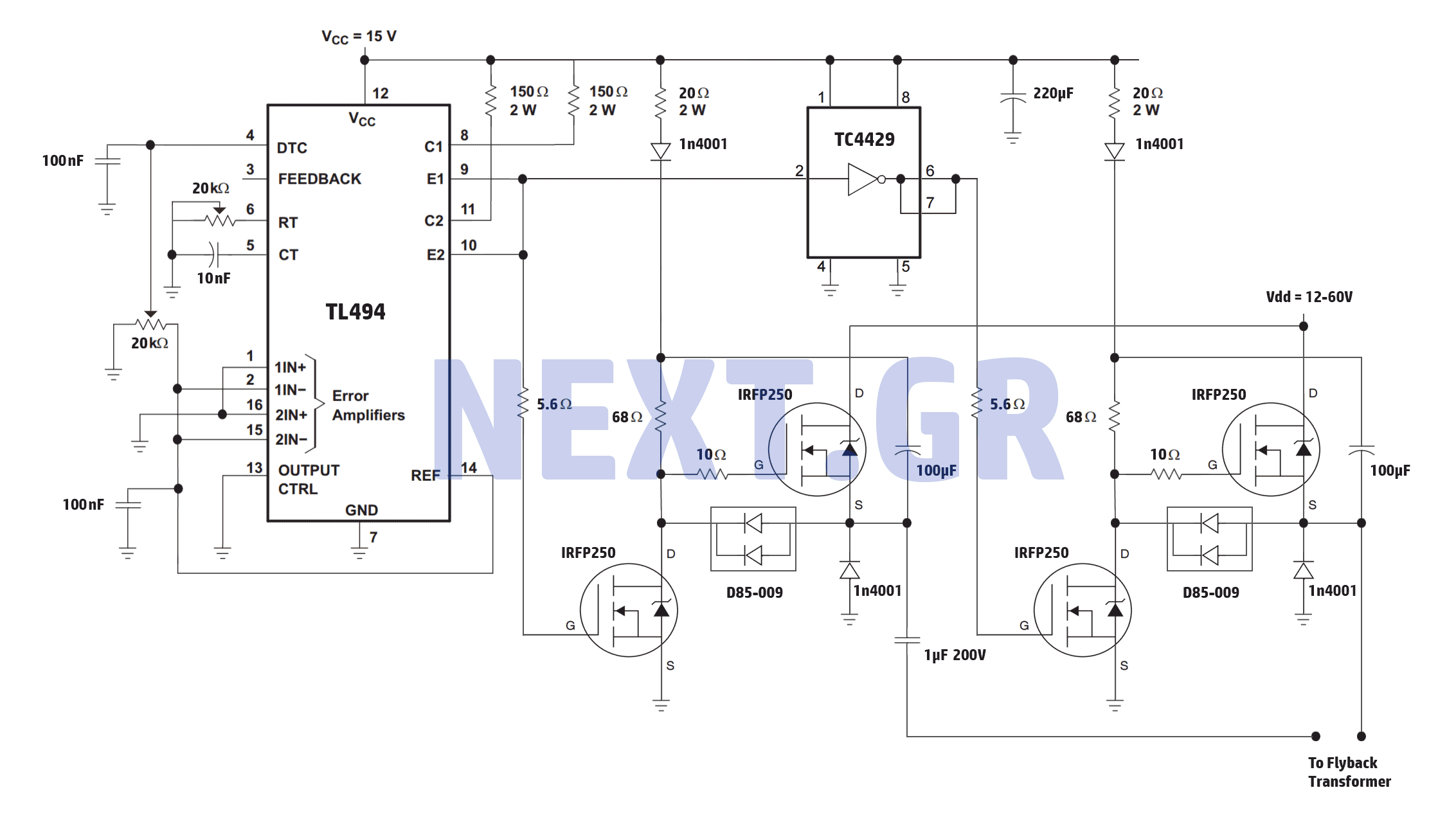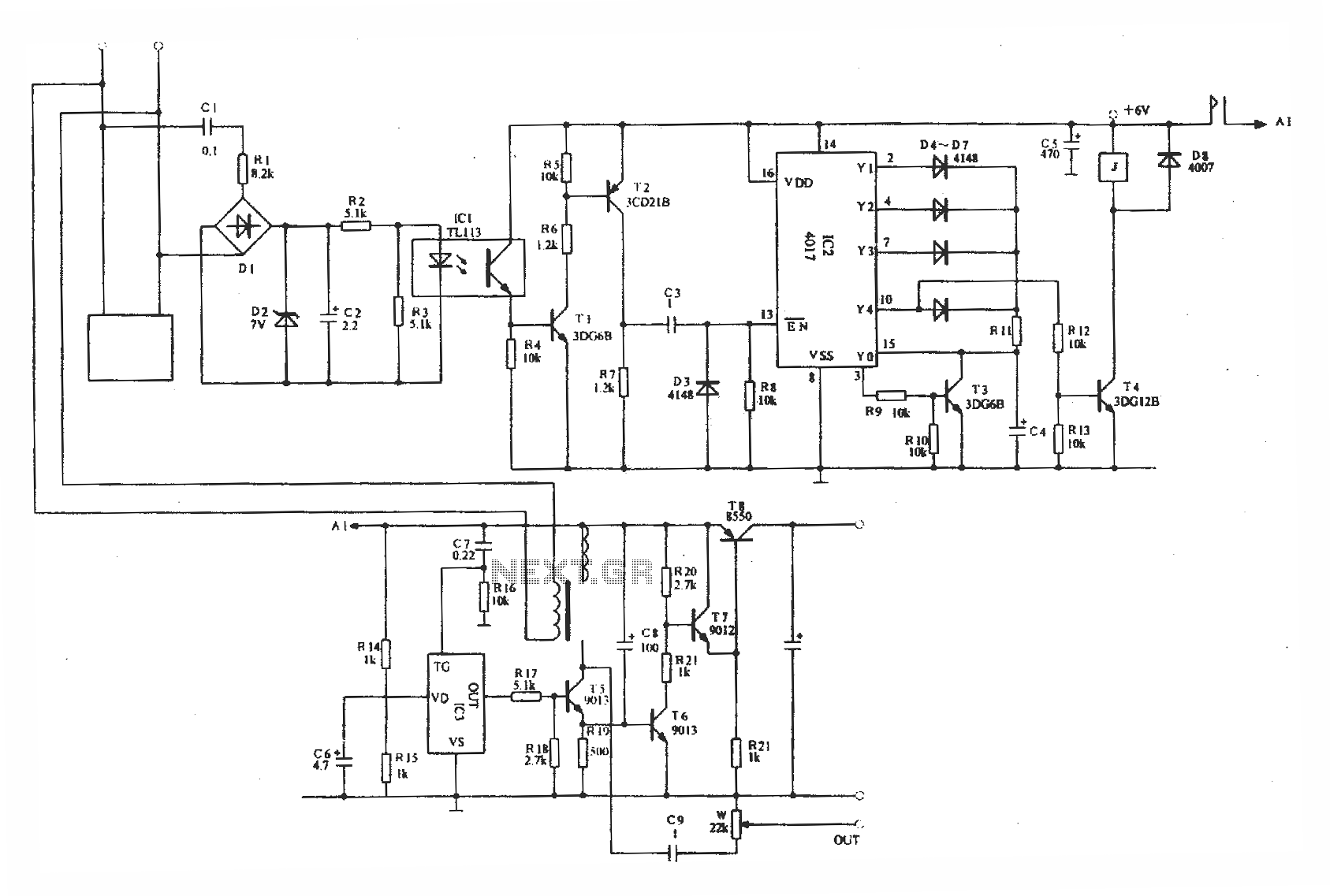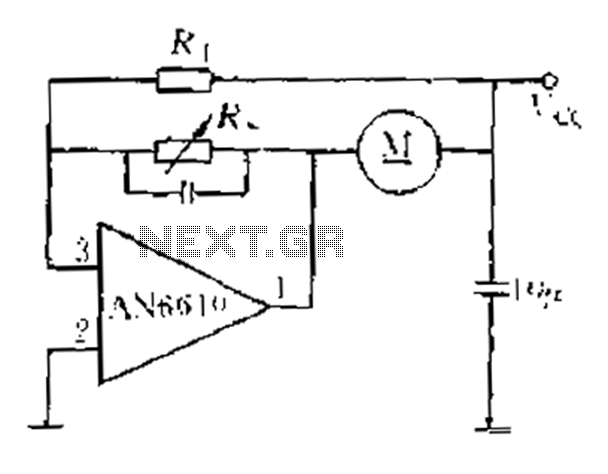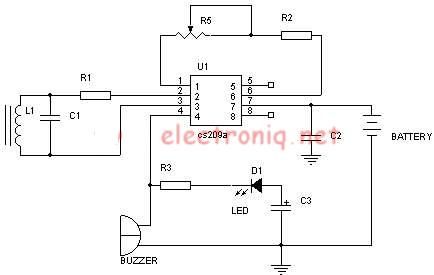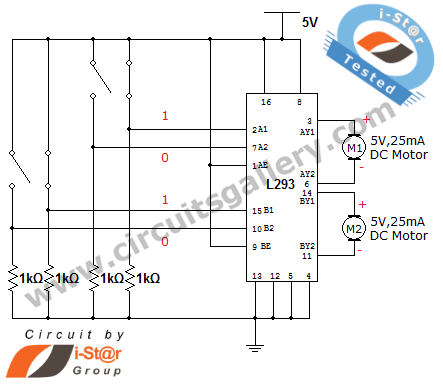
Light Dimmer Circuit TRIAC dimmer circuitCircuitWorking
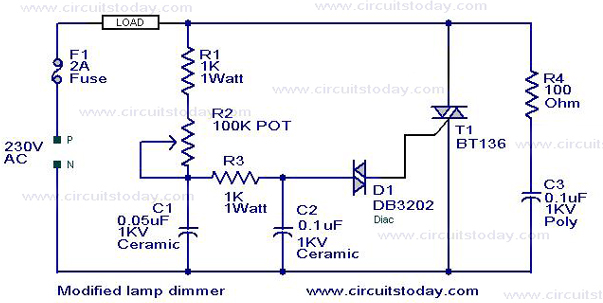
This is a modification of the Simple Lamp Dimmer/Fan Regulator circuit that was previously posted. The operation of the circuit remains the same as the original; however, it now includes a snubber circuit composed of resistor R4 and capacitor C3 to enhance the performance of the triac T1. Additionally, a fuse has been incorporated for improved safety.
The modified circuit retains the fundamental operation of the original lamp dimmer and fan regulator design, allowing for variable control of the load. The addition of the snubber circuit serves a crucial role in managing voltage transients that can occur during the switching operations of the triac. The resistor R4 and capacitor C3 work together to suppress high-frequency noise and prevent voltage spikes, thereby enhancing the reliability and longevity of the triac T1.
The inclusion of a fuse in the circuit design is a significant safety feature. It provides overcurrent protection, ensuring that in the event of a fault or overload, the circuit will be interrupted, preventing potential damage to the components and reducing the risk of fire hazards. The selection of an appropriately rated fuse is essential to ensure that it operates effectively without nuisance tripping during normal operation.
Overall, this modified circuit presents a robust solution for controlling lamps and fans, integrating safety and performance improvements that enhance its practical application in various settings. Proper component selection and layout are critical to achieving optimal performance and safety standards in the final implementation of this circuit.This is a modification of the circuit Simple Lamp Dimmer/Fan Regulator previously posted here. The working of the circuit is same as that of the previous, but in addition a snubber circuit consisting of resistor R4 and capacitor C3 is included to improve the performance of the triac T1. A fuse is also included for better safety. I think this is t he better circuit to try. 🔗 External reference
The modified circuit retains the fundamental operation of the original lamp dimmer and fan regulator design, allowing for variable control of the load. The addition of the snubber circuit serves a crucial role in managing voltage transients that can occur during the switching operations of the triac. The resistor R4 and capacitor C3 work together to suppress high-frequency noise and prevent voltage spikes, thereby enhancing the reliability and longevity of the triac T1.
The inclusion of a fuse in the circuit design is a significant safety feature. It provides overcurrent protection, ensuring that in the event of a fault or overload, the circuit will be interrupted, preventing potential damage to the components and reducing the risk of fire hazards. The selection of an appropriately rated fuse is essential to ensure that it operates effectively without nuisance tripping during normal operation.
Overall, this modified circuit presents a robust solution for controlling lamps and fans, integrating safety and performance improvements that enhance its practical application in various settings. Proper component selection and layout are critical to achieving optimal performance and safety standards in the final implementation of this circuit.This is a modification of the circuit Simple Lamp Dimmer/Fan Regulator previously posted here. The working of the circuit is same as that of the previous, but in addition a snubber circuit consisting of resistor R4 and capacitor C3 is included to improve the performance of the triac T1. A fuse is also included for better safety. I think this is t he better circuit to try. 🔗 External reference
Warning: include(partials/cookie-banner.php): Failed to open stream: Permission denied in /var/www/html/nextgr/view-circuit.php on line 713
Warning: include(): Failed opening 'partials/cookie-banner.php' for inclusion (include_path='.:/usr/share/php') in /var/www/html/nextgr/view-circuit.php on line 713
